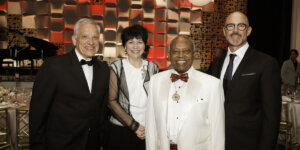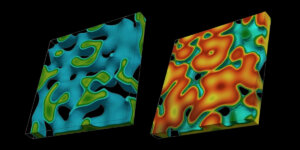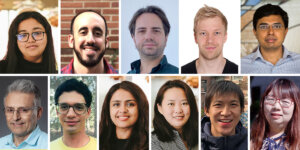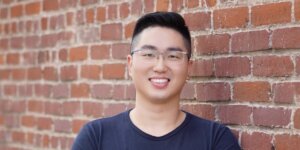
Imagine you’re sitting at your desk at work, languishing just a little, when the office lights begin to brighten and you enter a state of focus and flow. Or maybe you just experienced a stressful meeting – your workspace senses your increased heart rate and responds by playing calming, mood-boosting music.
The research focus of Mohamad Awada, Ph.D. ’24, involves developing “smarter” office environments that dynamically adapt to reduce stressors and enhance worker well-being. Based within the USC Sonny Astani Department of Civil & Environmental Engineering, Awada is integrating the skills developed during his two master’s degrees in construction management and computer science.
Awada’s research on dynamic, human-centered workspaces could significantly impact how we design and interact with work environments, especially in the new post-COVID culture of remote work. From corporate offices to work-from-home setups, these systems will revolutionize workspace design, ensuring they are optimized for focus and creativity.
His remarkable academic achievements and innovative projects demonstrate how aligning curiosity with purpose can lead to solutions that profoundly impact our daily lives.
Can you describe a particularly innovative project you worked on, the challenges it presented, and how it helped develop your skills?
One inspiring project I worked on involved designing dynamic office spaces that adapt to reduce worker stress and mental fatigue. The environment adjusts lighting, music, temperature and airflow based on individual needs. For example, calming music plays for stressed individuals, while bright lighting boosts attentiveness for those feeling mentally fatigued. The goal is a responsive work environment that senses the occupant’s state and responds to the need by modifying itself to alleviate negative physical and psychological conditions.
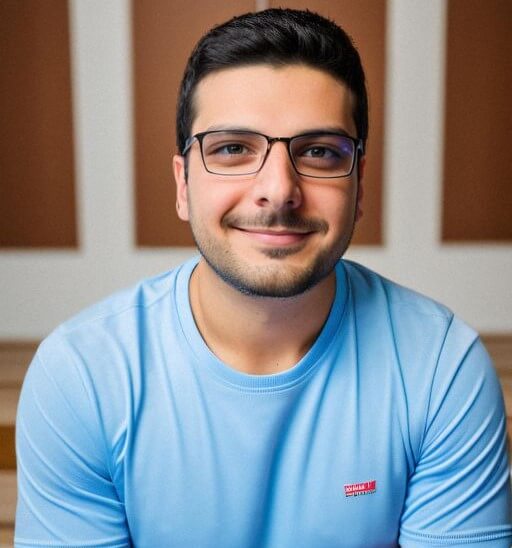
Mohamad Awada researches the future of human-centered workspaces
A key challenge in developing these spaces was integrating different biological sensors to accurately determine when someone was stressed or fatigued. We used wearable sensors like smartwatches to monitor biometrics such as heart rate and skin temperature. Another obstacle was effectively connecting these sensor inputs to then trigger the appropriate environmental adjustments to respond to those needs.
While working on these projects, we collaborated closely with various disciplines, including civil engineering, computer science, psychology and occupational health therapy. Working on this kind of project sharpened my skills in interdisciplinary collaboration and research. It’s all about integrating complex systems at the intersection of technology and user experience.
You’ve had the opportunity to work with individuals from many different backgrounds during your time at USC. Who has made the greatest impact on you?
I’ve been lucky to work with such a diverse range of people across different levels. I collaborated with SHINE, a program that brings high school students from the area of Southern California to conduct engineering research. We hosted a couple of high school students and worked with them on projects happening in our lab. I’ve also worked with undergraduates, master’s students and other Ph.D. students, many of whom are co-authors on papers we’ve published together. I’ve had the opportunity to work with professors and researchers, not only within USC but also at other universities across the United States and internationally. Rather than any single individual, it’s been the collective experience of collaborating across different backgrounds and experiences that has been truly rewarding.
After graduating from USC with two master’s degrees and a Ph.D, what are your career plans?
After graduating from USC, I will be joining NYU’s Civil and Urban Engineering department as a faculty member this September. My plan is to establish a lab focused on creating human-centered solutions that aim to enhance the functionality of our built environments. The goal is to continue developing innovative approaches that integrate technology and design to optimize the way we live and work.
Published on May 8th, 2024
Last updated on May 8th, 2024




